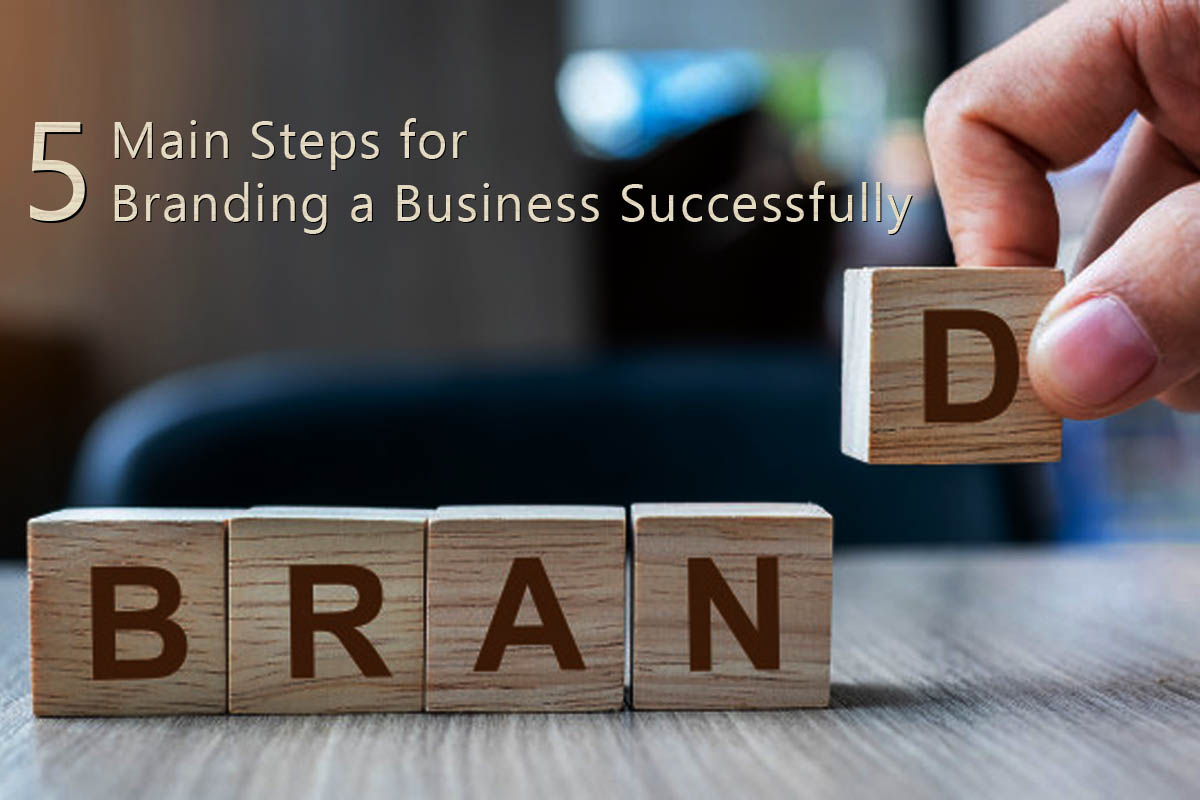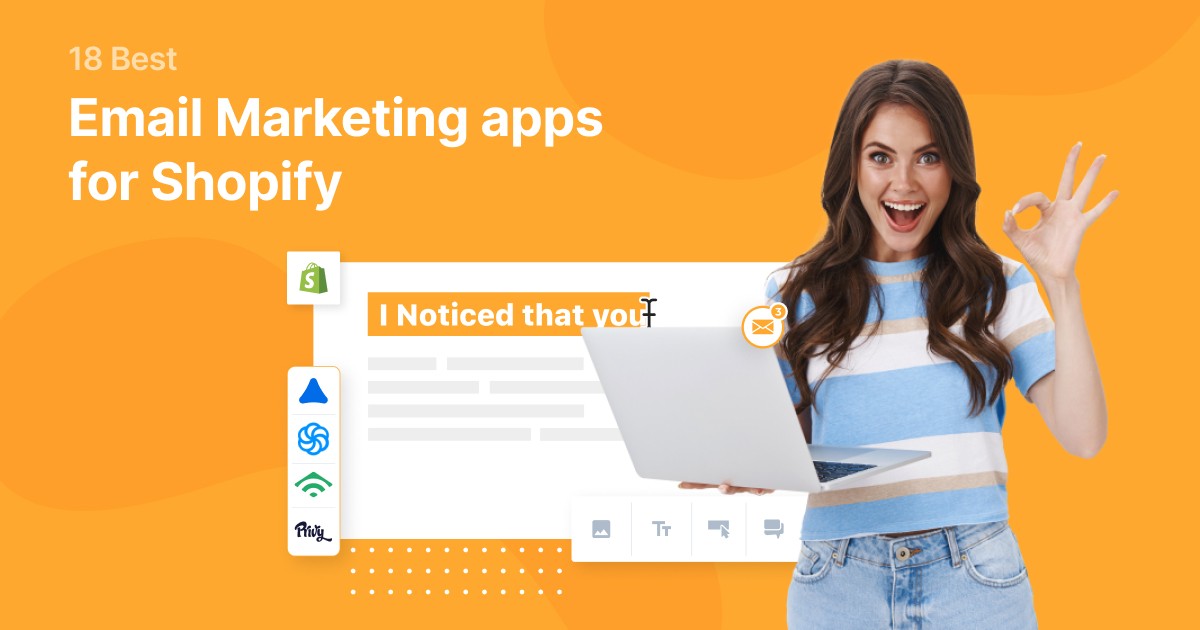
There are many advantages and challenges to running a local campaign. Don't miss out on the many benefits of running a local PPC campaign. Read on for more information. Here are three things you need to keep in mind when planning a local PPC strategy. Learn how you can get the most from your local PPC strategies. You should also test and optimize your strategy in order to get the best results. You will have a successful campaign.
Google Ads Responds to Brick-and-Mortar Stores' Need for Foot Traffic
Google offers a new attribution measurement that links online actions with foot-traffic as a response to brick-and-mortar shops' requests. This is in response to more companies choosing to advertise online and off. This metric measures the effectiveness and efficiency of advertising by linking offline actions to purchases, conversions, or sales made online. Google Ads dashboards show metrics for foot traffic attribution, including click-through rates, click-through rates, and conversion values.

In order to maximize the effectiveness of Google Ads, advertisers should track store visits. Google Ads are a powerful tool to increase store visits. Many customers do their research online before visiting a brick-and–mortar store. Advertising agencies can improve their campaigns' omnichannel performance by measuring the number of visits to stores.
Benefits of running a local campaign
While the process of running a local campaign is largely labor-intensive, it does have its benefits. To create forms for donors, volunteers, and other supporters, you can use your design intuition. To create buzz about your campaign, you can also use the power and influence of word-ofmouth. The first step in establishing yourself to be a candidate is to get the team involved. Find out the many benefits of running your own local campaign.
Running a local campaign requires that you do some research on the local government. Learn about the plans and key people in your community and find out who they are. By learning about the current agenda of your city, you can begin to establish your name in local politics. If you have a good relationship with incumbents, endorsements are possible. If you want to gain the support of local citizens, you can attend town council meetings, referendums, protests, and other community events.
Local campaign running challenges
While local political campaigns are smaller, they can still have many challenges. They have to reach fewer voters and run for shorter periods of time. Even though it is less difficult for candidates and their supporters, running a local campaign can be just as demanding. It takes a lot of planning and preparation, along with adequate financial and human resources to manage a campaign. Your candidacy may not be supported if you are running an independent campaign.

Before you decide to run for office consider the demographics, needs and preferences of your target voters. It is important to determine what each demographic likes, their interests, and what they would like to see in their local government. Determine how to reach them. The campaign manager should have a good understanding of the local demographic and their candidates. To manage upward, you must get to know the candidates personally. Make sure to shake hands, share information, encourage them not to campaign, and make sure they have a good time.
FAQ
What are the basics of print advertising?
Print advertising is a good medium to communicate effectively with consumers. Many companies use it to promote products and services. The key objective is to capture the attention of the consumer.
Print ads are usually one-page long. They contain text, images, logos, and any other graphics. You may also find sound, animation, video and hyperlinks.
These are the main types of print ads:
1. Brochures - These are large format printed pieces designed to attract people into stores. Brochures are filled with eye-catching designs, colorful pictures, and attractive graphics.
2. Catalogues are smaller versions than brochures. These are often sent to customers who have asked for information on particular items.
3. Flyers – These are small pieces made of paper that are distributed at events, such as fairs or concerts. If they are given out at retail outlets, they can be obtained for free, but you must pay for them.
4. Posters - These flyers can be larger than the ones you see on the flyer. They are often displayed on walls, fences, or buildings. They are usually created using computer software programs designed to catch passersby's attention.
5. Direct mail – This is a direct mailing of letters or postcards directly to customers. These cards are sent by companies periodically to remind their customers about their company.
6. Newspaper Ads - These are placed in newspapers and magazines. They are usually very long and contain text and images.
What do you need to know about radio advertising?
You should understand how the different types of media affect each other. Remember that all media types are complementary, not competing.
Radio advertising is best when used in conjunction with television. Radio can complement TV advertising by reinforcing key messages, and providing additional information.
TV commercials are often too long for radio listeners. Radio ads tend to be shorter and more affordable.
What is advertising's basic purpose?
Advertising is more about connecting with customers than just selling products.
Advertising is about communicating values and ideas to people who are interested in your products or services. It's about changing people's attitudes. It's all about building relationships.
It's all about making people feel good about themselves.
You can't sell to your customers if you don’t know their needs.
So before you start any advertising project, you should first understand your customer's needs and wants, and buying habits.
Then you can design ads that will resonate with them.
Is there any way to get free traffic?
Free traffic refers to traffic which comes directly from organic search results. This type of traffic is called natural or organic traffic. There are many ways to get free traffic, such as article marketing, social media marketing, blogging, etc.
Article Marketing is a popular way to get traffic for free. It has an extremely low cost-per-click (CPC). Paying ads can be more costly than CPC. Article marketing is also known as content marketing.
Social Media Marketing - These social media sites, such as Facebook, Twitter or LinkedIn, allow you to advertise your business. These platforms are great for sharing updates, sharing photos, and building relationships with potential clients. Many businesses choose to buy ad space in social media because they want a wider reach at a reduced price.
Blogging - Another great way to generate traffic is blogging. If you create quality content that people love to read, visitors will find you. You can start to monetize your blog with the sale of products or services after you have attracted readers.
Email Marketing - Email marketing has been around since the early days of the Internet, but today it still remains one of the best ways to drive traffic to your website. It is a great way to increase your subscriber base and sell products.
What information do you need about internet advertising
Internet advertising is an essential part of every business strategy. It allows companies reach potential customers at a very low cost. There are many options for internet advertising. Some are completely free while others require payment.
You can also advertise online using banner ads, pop up ads, search engine optimization, pay-per-click advertisements (PPC), social media marketing (e-mail marketing), and mobile marketing. Each method has its benefits and drawbacks.
What does it mean to be an advertiser buyer?
An advertiser can buy advertising space in TV, radio, or print media.
An advertiser pays for the time they want their message to appear.
They do not always look for the best ads, but are looking for the most effective to reach their target audience.
Advertisers may have demographic information such as the age, gender, marital status, income level, occupation, hobbies, and interests of their customers.
This information can be used by advertisers to decide which media works best for them. Direct mail might be more effective with older customers, for example.
Advertisers also evaluate the competition. Advertisers may choose to place ads near competitors if there are similar businesses in the area.
Advertisers also need to consider their budget size and how long they will spend it before it expires.
What is branding?
Your brand is your way of communicating who you are as well as what you stand behind. It's how people remember you and your name.
Branding involves creating an identity that makes your company stand out. A brand is more than just a logo. It includes everything from your physical appearance and the voice of employees.
Because customers know exactly what they are getting, strong brands help them feel confident in purchasing from you. And it gives them confidence in choosing your products over those of competitors.
Apple is a good example of a company that has a strong brand. Apple is a globally recognized brand because of its beautiful design, high-quality product lines, and friendly customer service.
Apple's name has become synonymous for technology. Apple is synonymous with technology.
When you consider starting a business, it's important to develop a brand. This will give you and your business a face.
Statistics
- This means that at least 50% of an ad needs to be shown on the screen for at least one second. (quicksprout.com)
- It collects money from the advertisers, keeps 32% for its role in facilitating the process, and the remaining 68% goes to the publisher (you). (quicksprout.com)
- Google will display whichever ad type (CPM or CPC) is expected to earn more revenue for the publisher, which is in Google's best interest since they take a 32% share of the revenue. (quicksprout.com)
- It's 100% reliant on your website traffic. (quicksprout.com)
External Links
How To
How does one place an advertisement on a billboard?
While billboards are known to have been around since at least the late 1800s (and even earlier), they gained popularity during World War II. Most billboards are text-based advertising. Some also include photographs or artwork. Some billboards display static messages, while others display information that changes frequently, such weather forecasts, stock prices and sports scores.
Billboards most often are found outside, but there are indoor versions. Outdoor billboards are usually seen by motorists passing by them several times per day. Indoor billboards may only be viewed once every few year. A "cubic" outdoor billboard is the most popular type. It is made up of three layers: two sheets of glass sandwiched between a layer of fiberglass mesh and one sheet of glass. This design allows air circulation through the billboard. It keeps it cool during hot weather and warm during cold.
Companies like Billboard Advertising Inc. are paid by advertisers to place their ads on billboards. These companies then sell space on their billboards to advertisers. These billboards are purchased by advertisers according to how much they wish to spend on advertising. Many advertisers choose the best spots for their ads by looking at where people are most likely to drive or walk.
Billboard Advertising Inc. also sells ad space. They have contracts with local governments for signs to be erected on city property. Some cities allow billboards everywhere, others only in certain areas. Chicago, for example requires that billboards are no higher than 1,000 feet from any highway. Other cities place restrictions on billboards being placed closer than 500ft from schools or churches.
Billboard Advertising Inc. has contracts to promote products and services throughout the United States, including Florida, California, Nevada, Texas, Arizona, New Mexico, Colorado, Washington, Oregon, Idaho, Utah, Wyoming, Alaska, Hawaii, Canada, Puerto Rico, Guam, Virgin Islands, and American Samoa.